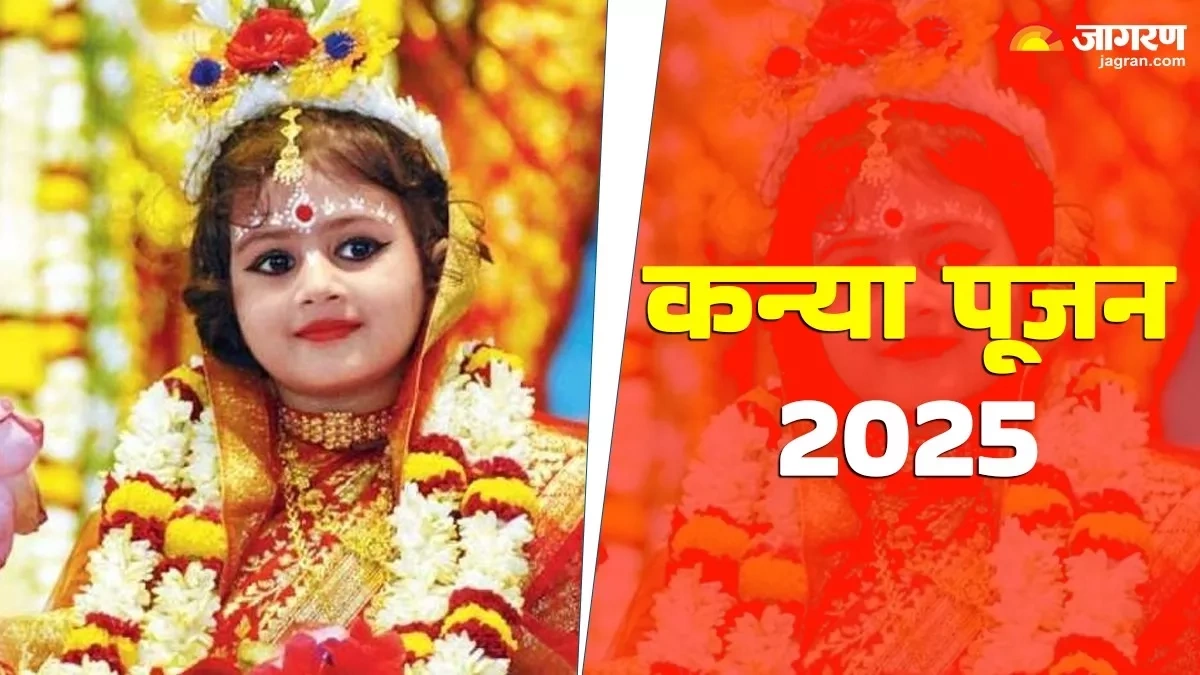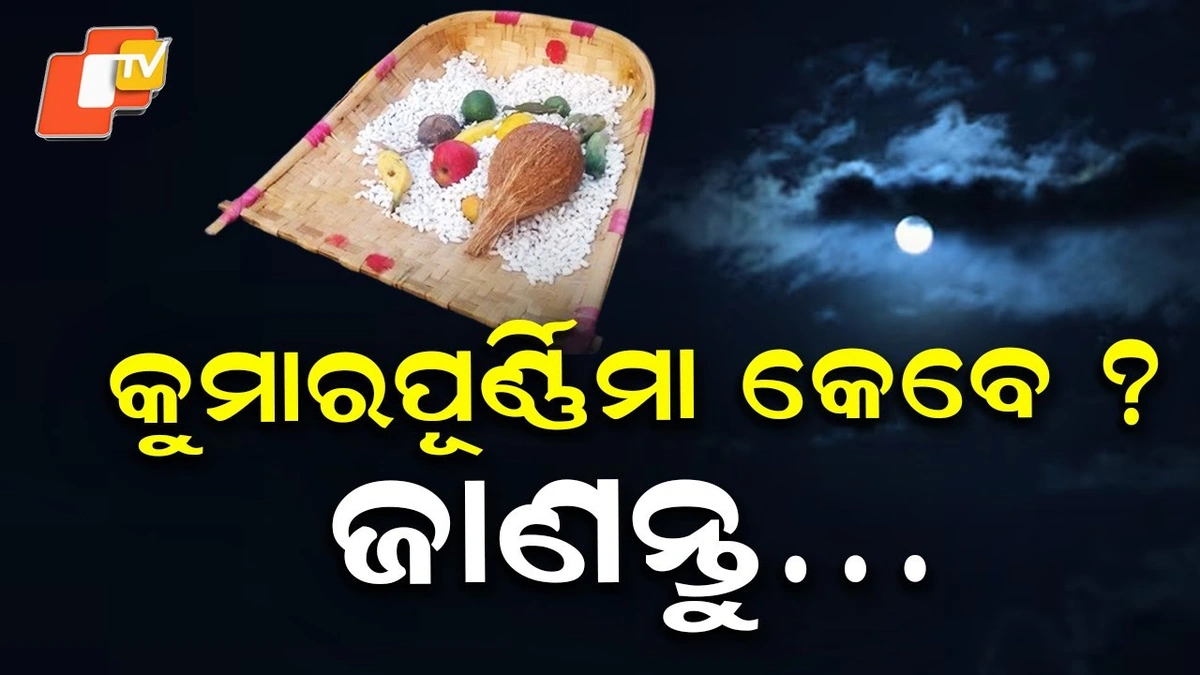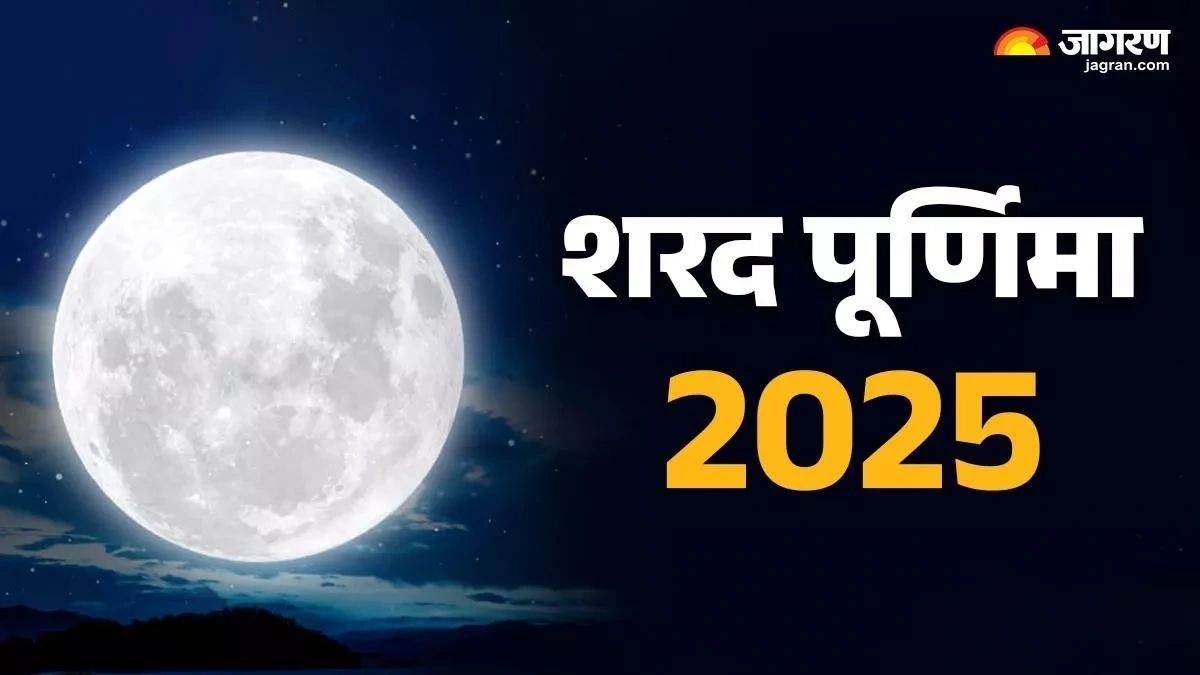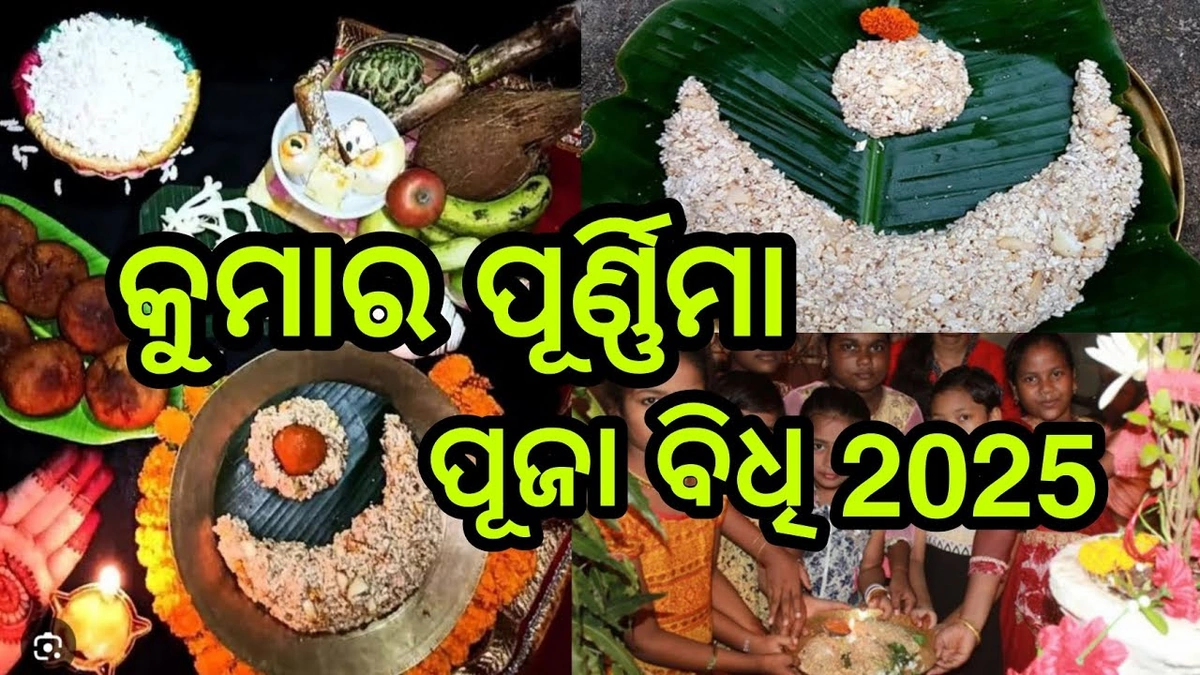Decoding Kanya Pujan | More Than Just a Ritual
Okay, let’s be honest. We’ve all seen it – the vibrant pictures of Kanya Pujan during Navratri, little girls dressed as goddesses, their feet being washed, and being showered with gifts. But what’s really going on here? Is it just another religious ritual, or is there something deeper at play? I initially thought it was straightforward, but then I realized there’s a whole universe of meaning packed into this ancient practice. So, let’s dive in, shall we?
The “Why” Behind Worshipping Young Girls
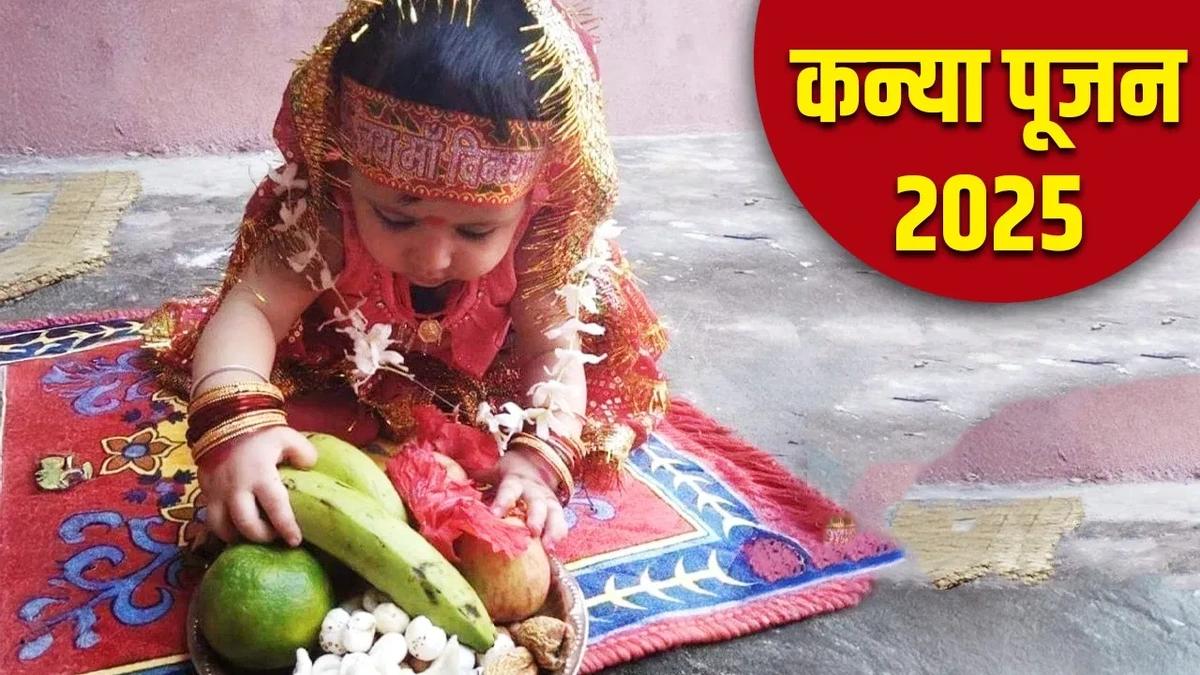
Here’s the thing: Kanya Pujan , also known as Kanjak Puja , isn’t just about feeding some kids and giving them presents. It’s about recognizing the divine feminine, the Shakti , in its purest form. These young girls, before they reach puberty, are considered embodiments of the Goddess Durga. It’s believed that by worshipping them, we’re actually worshipping the Goddess herself. What fascinates me is the symbolic weight this carries, especially in a society where women often face immense challenges.
But, it’s more than just symbolism. The ritual is deeply rooted in the understanding that young girls possess a unique innocence and purity. They haven’t yet been tainted by the complexities and harsh realities of the world. By honoring them, we’re honoring that untainted essence, seeking blessings and positive energy for ourselves and our families. The practice goes back centuries, with roots tracing to ancient Hindu scriptures detailing the importance of revering the feminine divine. It is performed on the eighth and ninth day of Navratri.
Step-by-Step Guide to Performing Kanya Pujan
Alright, so you want to perform Kanya Pujan vidhi at home? I’ve done it a few times, and believe me, it’s less daunting than it sounds. First, invite 7-9 young girls ( kanya ) along with a young boy (representing Bhairav). This represents all the energy.
Here’s the breakdown:
- The Welcome: Greet the girls with respect and joy. Offer them a seat of honor.
- Foot Washing (Pad Puja): This is a crucial step. Gently wash their feet with water and wipe them dry. This symbolizes purification and humility.
- Offering Food: Prepare a special meal for them. Traditionally, it includes poori, chana (black chickpeas), and halwa. But honestly, you can offer anything prepared with love.
- Applying Tilak and Offering Prayers: Apply a tilak (a mark on the forehead) to each girl and offer prayers.
- Gifts and Dakshina: Give them gifts like stationery items, clothes, or money (dakshina). It’s a token of your gratitude and respect.
- Seeking Blessings: Finally, seek their blessings by touching their feet.
A common mistake I see people make is rushing through the process. Remember, it’s not just about completing the steps; it’s about the intention and devotion behind them. Do it with sincerity, and you’ll feel the difference.
The Emotional Connection | A Personal Experience
Let me tell you a story. The first time I participated in Navratri Kanya Pujan , I was struck by the sheer joy on the faces of the little girls. They weren’t just excited about the gifts; they felt genuinely honored and respected. It was as if they understood, on some level, the significance of the ritual. What really touched me was the connection it created – a sense of community, reverence, and shared faith. I walked away feeling a profound sense of peace and gratitude. I initially thought it was straightforward, but then I realized there’s a whole universe of meaning packed into this ancient practice. I walked away feeling a profound sense of peace and gratitude. But, the best part? Their smiles are infectious.
Addressing the Controversies and Concerns
Now, let’s address the elephant in the room. There are legitimate concerns about the potential for exploitation and the commercialization of this ritual. It’s crucial to ensure that Kanya Pujan benefits the girls involved and doesn’t turn into a mere photo opportunity. We need to be mindful of their comfort, safety, and well-being.
And, let’s be honest, the inherent social issues that Kanya Pujan sometimes brushes up against are difficult to ignore. Things like female infanticide and gender inequality mean it’s especially important to view this tradition with a critical but respectful lens.
According to many sources, it’s also important to ensure that the gifts given are useful and appropriate, and that the overall experience is positive and empowering for the girls. Avoid anything that could perpetuate harmful stereotypes or contribute to a culture of consumerism. Also, be mindful of the ages.
The Modern Relevance of Kanya Pujan
So, in today’s world, does Kanya Pujan significance still hold up? Absolutely. It serves as a powerful reminder of the importance of respecting and valuing women and girls. It’s a chance to reflect on the progress we’ve made and the work that still needs to be done. What fascinates me is how this ancient ritual can be adapted and reinterpreted to address contemporary issues.
Think about it: By participating in Kanya Pujan 2024 (or any year), we’re not just performing a religious duty; we’re making a statement about our values. We’re saying that we believe in the power and potential of girls, and that we’re committed to creating a world where they can thrive. It is, indeed, a potent custom.
FAQ About Kanya Pujan
What is the ideal age for the girls participating in Kanya Pujan?
Typically, girls aged 2 to 10 are considered ideal for Kanya Pujan, as they are believed to be the purest embodiments of the Goddess.
Can I perform Kanya Pujan at any time of the year?
While Kanya Pujan is most commonly performed during Navratri, you can also perform it on other auspicious occasions or even as a regular practice.
What if I can’t afford expensive gifts?
The intention and devotion are more important than the material gifts. You can offer simple, meaningful gifts like stationery items, books, or homemade treats.
Is it mandatory to include a boy (Bhairav) in the ritual?
While it’s traditional to include a boy representing Bhairav, it’s not always mandatory. The focus is primarily on worshipping the young girls.
Ultimately, Kanya Pujan 2024 date and beyond is more than just a tradition; it’s a chance to connect with something deeper, to honor the divine feminine, and to reaffirm our commitment to creating a more just and equitable world for all. It reminds us that the divine is present in every one of us.
